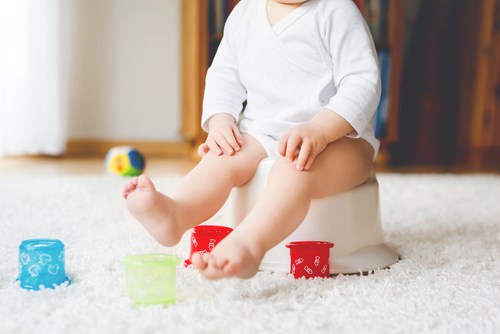Cultivating Mindfulness and Emotional Intelligence in Toddlers

In a fast-paced world where distractions abound, teaching mindfulness and emotional intelligence to toddlers is becoming increasingly crucial. These two skills play a vital role in ensuring children grow up to be resilient, empathetic, and able to navigate the complexities of life with ease. As parents, it is our responsibility to cultivate these qualities in our little ones from a young age, setting a solid foundation for their emotional well-being and social development.
Understanding Mindfulness and Emotional Intelligence
Mindfulness is the practice of being fully present in the moment, calmly acknowledging and accepting one’s feelings and thoughts without judgment. Emotional intelligence, on the other hand, refers to the ability to recognize, understand, and manage one’s own emotions, as well as empathize with the emotions of others. Together, they form a powerful duo that equips children with the tools they need to handle stress, build healthy relationships, and make sound decisions as they grow.
Integrating Mindfulness into Daily Routines
One of the easiest ways to introduce mindfulness to toddlers is by incorporating it into their daily routines. For example, you can encourage your child to pay attention to their breathing while brushing their teeth or eating a snack. Simple activities like listening to the sounds of nature during a walk in the park or focusing on the taste of food during mealtime can also help toddlers become more attuned to the present moment.
Additionally, bedtime can be a great opportunity to practice mindfulness with your child. You can read a calming story together, guide them through a gentle body scan, or simply have a quiet moment of reflection before tucking them in. These practices not only promote relaxation and better sleep but also create a sense of connection and security between parent and child.
Teaching Emotional Intelligence through Play
Emotional intelligence can be nurtured through various playful activities that help children identify and express their emotions effectively. One fun exercise is to create a feelings chart with different facial expressions and encourage your child to point to the one that best represents how they are feeling at that moment. This activity not only builds vocabulary around emotions but also teaches toddlers that it is okay to experience a range of feelings.
Another effective way to promote emotional intelligence in toddlers is by playing role-playing games where they can act out different scenarios that involve managing emotions. For example, you could pretend to be upset or frustrated, and your child can practice offering comfort or finding a solution to the problem. This not only helps children develop empathy but also teaches them how to respond to challenging situations with kindness and understanding.
Encouraging Empathy and Compassion
Empathy is a key component of emotional intelligence that allows children to connect with others and understand their perspectives. To foster empathy in toddlers, parents can engage in activities that encourage them to consider the feelings and needs of others. For instance, you can read books that depict diverse characters and discuss how the characters might be feeling in different situations.
Additionally, involving your child in acts of kindness, such as making cards for elderly neighbors or donating toys to a local shelter, can help them cultivate a sense of compassion and generosity. By teaching toddlers to think beyond themselves and consider the well-being of others, parents are instilling valuable lessons that will shape their future interactions and relationships.
Managing Frustrations and Building Resilience
Toddlers are still learning how to regulate their emotions and handle frustrations, which is why it is essential to teach them healthy coping mechanisms early on. When your child is faced with a challenging situation or feeling overwhelmed, encourage them to take deep breaths, count to ten, or engage in a calming activity like drawing or coloring.
It is also important for parents to model resilience and positive coping strategies when faced with their own challenges. By showing children how to bounce back from setbacks and approach tough situations with a positive attitude, parents can help build their child’s resilience and confidence in overcoming obstacles.
Summary
Cultivating mindfulness and emotional intelligence in toddlers is a valuable investment that will benefit them throughout their lives. By integrating simple mindfulness exercises and emotional intelligence activities into daily routines, parents can help their children develop self-awareness, empathy, and effective communication skills. Through these practices, toddlers will learn to navigate their emotions, build strong relationships, and thrive in the face of adversity. Ultimately, by fostering these essential qualities in our little ones, we are shaping a brighter future for the next generation.
Need a Child Educational Center in Greenwood, IN?
If you’re looking for additional art activities or professional guidance in incorporating art into your children’s lives, consider reaching out to us here at Kids Kingdom Early Learning Center. We provide a wide range of resources, ideas, and workshops to inspire and support creative expression in children. Let us help you create unforgettable artistic experiences! Contact us today to learn more!



 Why Do Toddlers Bite?
Why Do Toddlers Bite?